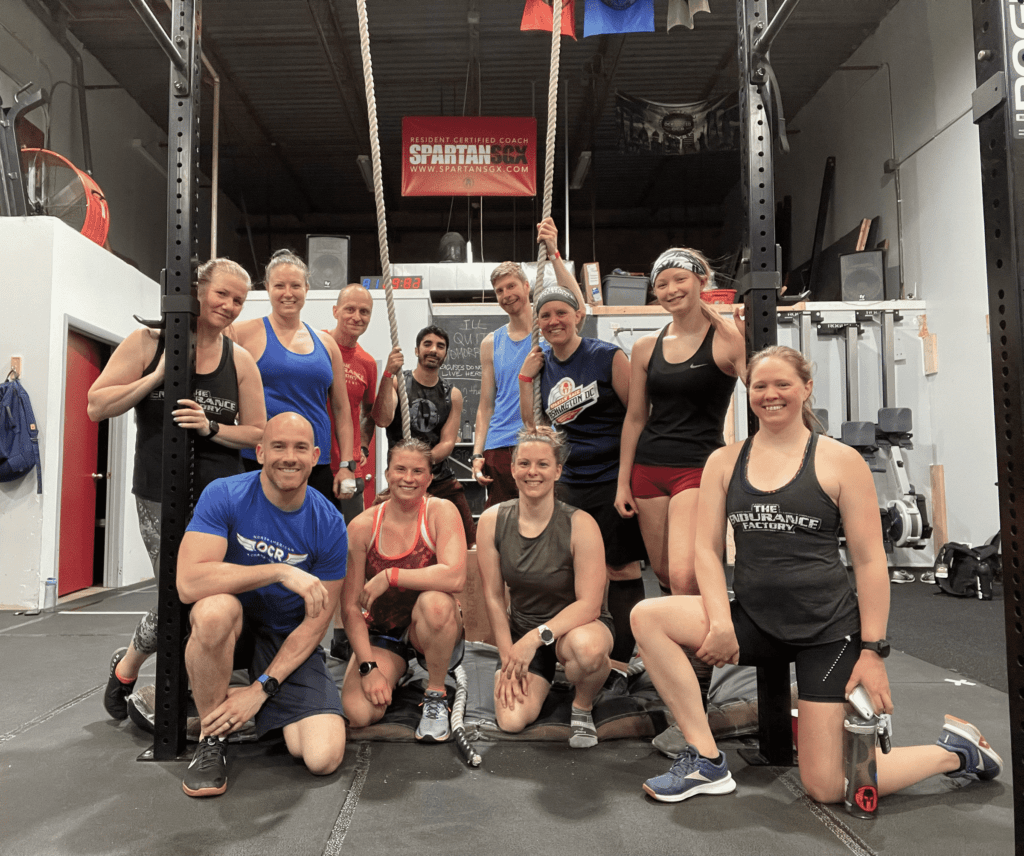Eating a meal before a run is a crucial step to boost your energy level and increase your chances of a successful long run. Accumulating miles too quickly can lead to burnout and injury. If you feel you can’t finish your run feeling good, increase the amount you eat. After a marathon or long-distance run, it is advisable to drink not only water but also alkaline-rich recovery drinks such as Gatorade.
Table of Contents
ToggleAfter a marathon or long-distance run, it is advisable to drink not only water, but also alkaline-rich recovery drinks such as Gatorade. Luckily, we have some tips below on how to increase your long distance running, regardless of how much you run, so you can look forward to your long distance run.
How do I train to run long distances?
The goal should be to run at least a 20-kilometre distance with relative comfort by the time you compete in the marathon. It may take a while to reach your kilometre goal, but thanks to this training strategy, you will eventually be able to run longer distances safely. Apart from setting your own pace and being patient with your progress, there are a few key components of a training plan that aspiring long-distance runners can stick to. If you are training at high altitude (7000 to 8000 feet above sea level or higher), you will be breathing thinner air than at 4000 feet.
How can beginners increase their running distance?
As a rule of thumb, start with a mileage that seems manageable – if that’s forty miles a week, start there. The surest way to increase your running distance is to focus the majority of your extra miles on one run per week. Having specific short-term goals to work towards can help you overcome the mental challenges of a longer run. Adding a few kilometres to your long run or slowly increasing the overall distance can help your body strengthen and adapt over time.
This way you can make sure you don’t overdo it, and your body has a chance to recover before the next run.
Why do I find it difficult to run long distances?
Not only do you train to burn fat more efficiently, but you also recover faster and can push yourself harder than if you were running chronically fatigued in the mid-zone. It is normal for runners, both beginners and experienced, to have difficulty running longer distances. If you hit a distance plateau, it may be because you feel bored, discouraged or burnt out. Here are six tips to help you push through and run more miles. If you push yourself too hard too soon, you may not be able to finish the distance during training or in competition.
How long does it take to improve in long-distance running?
Luckily, below we have some tips on how to increase your long distance running, regardless of mileage, so you can look forward to your long run. Novice runners often lack the confidence to overcome the discomfort that every runner experiences during long-distance training. If you are tackling a larger training workload for a half marathon or marathon, your long run should be about 30-50% of your total distance for the week. Before your long run, it is important to eat a carbohydrate-rich meal to ensure you have enough energy to cover the distance.







